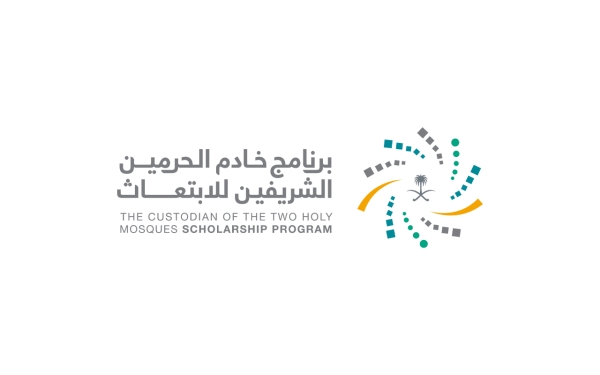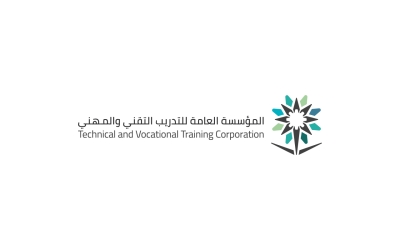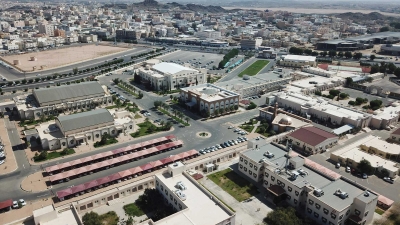
Custodian of the Two Holy Mosques Scholarship Program

The Custodian of the Two Holy Mosques Scholarship Program is a government educational program launched by the Kingdom of Saudi Arabia in 2005. It is concerned with developing Saudi human resources by sending qualified Saudi students, both males and females, to complete their undergraduate and postgraduate studies at universities around the world.
Scholarships in the Kingdom have started in 1927.
Strategy of the Custodian of the Two Holy Mosques Scholarship Program
On March 7, 2022, Crown Prince Mohammed Bin Salman launched the strategy of the Custodian of the Two Holy Mosques Scholarship Program, marking a new phase in scholarships that contributes to enhancing the competitiveness of citizens by improving the efficiency of human capital in new and promising sectors. This is in line with the Kingdom's efforts to develop human capabilities, striving to achieve the targets of Saudi Vision 2030.
The strategy was developed through studying and analyzing more than ninety scholarship programs worldwide to benefit from these experiences in building and designing the scholarship strategy. It has become one of the key enablers of the Human Capacity Development Program. According to its strategy, the Custodian of the Two Holy Mosques Scholarship Program aspires to provide scholarships to seventy thousand male and female citizens to the best educational and training institutions worldwide through four different paths: 1- the pioneers "al-Rowad" path, 2- Research and Development path, 3- the providers "Emdad" path, 4- the promising "Wa'ed" path. These paths were introduced in the scholarship strategy to increase flexibility in the program, facilitate updates according to national priorities, and align with the changing dynamics of the job market and major projects.
The objectives of the strategy for the program's paths have focused on increasing opportunities for outstanding higher education by sending male and female students to the world's best educational institutions to acquire the best knowledge and experiences. It also aims to enhance alignment between the needs of the labor market in priority sectors and the fields of scholarship, strengthen partnerships with educational institutions in scholarship countries, ensure inclusivity, justice, and equal opportunities for those wishing to join the program, and promote transparency.
Launching of the Custodian of the Two Holy Mosques Scholarship Program
The program core was formed during the visit of King Abdullah Bin Abdulaziz Al Saud to the United States in 2005, where an agreement was reached between the two countries to facilitate entry and study procedures for Saudis interested in completing their studies.
The Custodian of the Two Holy Mosques Scholarship Program has gone through three phases, each lasting five years, starting in 2005.
Available degrees and fields
The degrees available for al-Rowad path, Emdad path, and Wa'e Path are for Bachelor's and Master's degrees. The Research and Development path is for the Ph.D. degree. All scientific and study fields are available for admission in al-Rowad path, while the Research and Development, Emdad, and Wa'ed paths have specific fields.
Key universities in the Custodian of the Two Holy Mosques Scholarship Program
The program aims to send qualified Saudi male and female students to study at the world's top universities, such as universities in the United States, Canada, Europe, Asia, Australia, and the United Kingdom, to supply the labor market with the rare specializations it requires, exchange scientific, educational, and cultural experiences with countries worldwide, and prepare and qualify Saudi professionals in a work environment.
In July 2010, the Saudi Arabian Cultural Mission in London, United Kingdom, celebrated the first batch of graduates from the Custodian of the Two Holy Mosques Scholarship Program in the United Kingdom and Ireland. The number of male and female graduates reached 1,215 scholarship recipients from various specializations.
Development stages of the Custodian of the Two Holy Mosques Scholarship Program
The Custodian of the Two Holy Mosques Scholarship Program has undergone several stages of development since its inception. At the end of its first stage in 2010, Safeer Platform was launched to facilitate the procedures of studying abroad. With the conclusion of the second stage and the beginning of the third stage in 2015, Your Job is Your Mission path was initiated to align scholarships with in-demand specializations in the job market. During this stage, new academic paths were introduced, including the Elite Universities path, Medical path, International Scholarships path, and Excellence path. New study specializations were added after the announcement of Saudi Vision 2030, e.g., artificial intelligence, cybersecurity, aviation, and healthcare. This stage also allowed for the study of technical and vocational diplomas in three types: post-secondary diploma, complementary intermediate diploma, and post-bachelor diploma.
In 2008, the first batch of male and female students graduated from the Custodian of the Two Holy Mosques Scholarship Program, which included 198 students, seven of whom with Ph.D. degrees, 142 with master's degrees, and forty-nine with bachelor's degrees.
In 2022, a total of 21,035 male and female Saudi students were awarded scholarships to study in the United States through the Custodian of the Two Holy Mosques Scholarship Program. Since its inception in 2005, this program has sent over half a million Saudi students to the United States on scholarships.
In 2021, a total of fifty-three thousand male and female students were on scholarships in fifty-six countries through thirty-one cultural missions around the world. They were distributed geographically as follows: In Europe, there were 14,814 students in twenty-two countries; in America, 23,250 students in three countries; in Asia, 8,509 students in twenty-two countries; in Africa, 2,095 students in seven countries; and in Australia and New Zealand, 4,330 students in two countries.
Related quizzes

